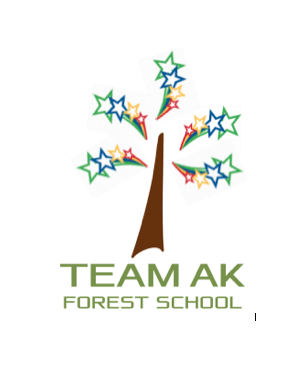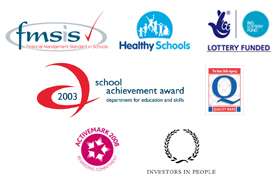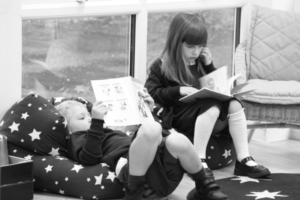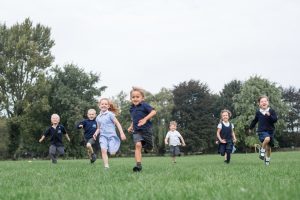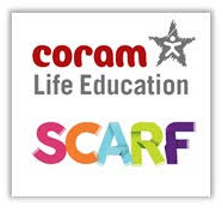Mindfulness
Mindfulness at AKPS
Through mindfulness practices, children learn techniques to calm themselves or focus when needed.
Mindfulness definition: being aware, fully present alert.
Click here to access more information on mindfulness and MISP at AKPS and its impact.
Benefits (As research has shown)
- Feel peaceful and calm
- Fall asleep more easily
- Cope with stress and anxiety
- Increase focus and concentration
- Handle difficult emotions
- Develop creativity and imagination
- Self-confidence & management
Children today don’t always have the same amount or kind of ‘down time’ as children in the past. They can be constantly bombarded by noise, flashing images mobile phones, computer games, films tables etc. Space for rest, creativity and reflection can be hard to find.
Mindfulness is increasingly recognised as an essential educational tool. It is used to develops attention and focus, increase the quality of academic learning and has social and emotional benefits.
Mindfulness – being aware – fully present – alert
At AKPS, through mindfulness sessions, children are simply invited to follow a few simple guidelines on breathing and relaxing; as we relax our body, we relax our mind. Every class has mindfulness sessions in 4 week blocks on a cycle. The class teachers and Teaching assistants continue mindfulness practices with the children in class.
To help parents and carers to support children with mindfulness a home we have created the following guide:
AKPS Guide for parents and carers to support your child with mindfulness at home.
It is very helpful to set aside 5-10 minutes every day for ‘mindful’ breathing, morning or evening. Try to practice at the same time every day in a place which supports calm and concentration. This can be done in silence or with very low level calming music in the background. No other distractions should be present (no TV/ screens/others talking).
Sit on a chair or cushion on the floor. Sit comfortably with back straight, but relaxed. Close eyes (or half open looking at the floor). Simply follow in and out breath.
You could use a guided meditation such as below. This could be said to children while they lie in bed just before sleeping.
- Breathing in, I know I am breathing in, Breathing out, I know I am breathing out.
- Breathing in, my breath grows deep, Breathing out, my breath goes slowly.
- Aware of my body, I breathe in, Relaxing my body, I breathe out.
- Calming my body, I breathe in, Caring for my body, I breathe out.
- Smiling at my body, I breathe in, Easing my body, I breath out.
- Smiling to my body, I breathe in, Releasing the tension in my body, I breathe out.
- Feeling joyful, I breathe in, Feeling happy, I breathe out.
- Aware of the moment, I breathe in, Enjoying the moment, I breathe out
We completed an initial survey of our children before mindfulness and then repeated it afterwards to show the impact of the sessions. The results show that our children feel more relaxed, and clearly show that the sessions offer them tools to use to be able to focus and concentrate better and to feel peaceful and calm. They say they really enjoy the sessions. We hope you enjoy using this guide to support your child with mindfulness at home. A final thought, is to try to take time to be mindful in the everyday things you do with your child. Simply focussing on the steps you are taking when you are on a walk together. We hope you can benefit from our aim to become more mindful as a school. Thank you. Mrs Saville





